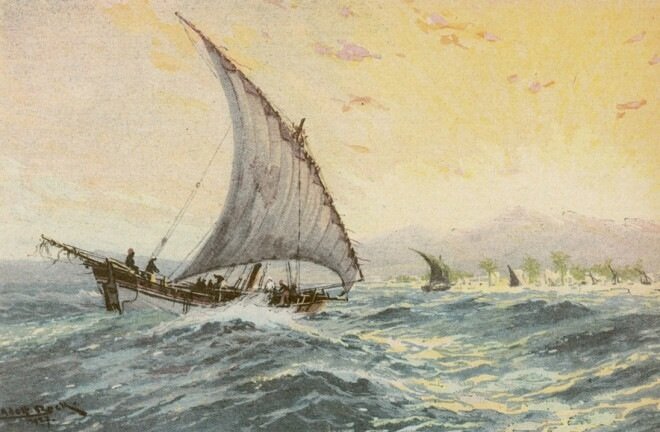The paper is a substantial and useful summary of the numerous attempts by historians, archaelogists and anthropologists to understand why, how and to which extent the Indian sphere and the many polities of early Southeast Asia were interconnected.
Pre-modern and modern demographic projections point to sustained connection in trading, religious, artistic and technological exchanges and population movements. The author also mentions — with caution –the hypothesis that early ‘Indianization’ was the byproduct of “mass exodus” from the Indian subcontinent.
As for present days, the study attempts to figure out the reasons why several ASEAN countries witnessed the growth of a sizable Indian community, while Laos, Cambodia and Vietnam remained only marginal destinations for Indian migrants.
“The contacts between India and Southeast Asia since the early times were dominantly characterised by circular migrations, which prevailed almost till the mid-20th century,” notes the author; “The Encyclopedia of Indian Diaspora records that the change in the world economy after the 16th century further propelled this process. The large Indian trading settlementsstrewed along the arc of coasts around the Bay of Bengal witnessed a much more intensive and widespread circulation of people, goods, ideas, cultures and texts from coast to coast, rendering the boundaries fluid. As Sunil S. Amrith (2009: 556) points out, “the sheer scale of movement evoked a sense of continuity between the two coasts of the Bay of Bengal turning it into a cross road rather than a barrier”. The Oriya festival, ‘Bali Jatra’, bears testimony of regular journeys across the sea that shaped the socio-cultural landscape of coastal Odisha.”
ADB Input: According to MT Saju in 2018, “many ports on the Coromandel coast had established maritime trade with Southeast Asia and China (not directly) even from 300 BC, according to P Jayakumar, who heads the department of epigraphy and archaeology, Tamil University, Thanjavur. “The potsherd with Brahmi script found in Thailand’s Phu Khao Thong is the earliest Tamil inscription from Southeast Asian countries pointing to a maritime trade that flourished between the ports on the Coromandel coast and those countries. There are only three letters. They resemble the Pugalur cave inscriptions,” said Jayakumar, quoting senior epigraphist Iravatham Mahadevan.”



